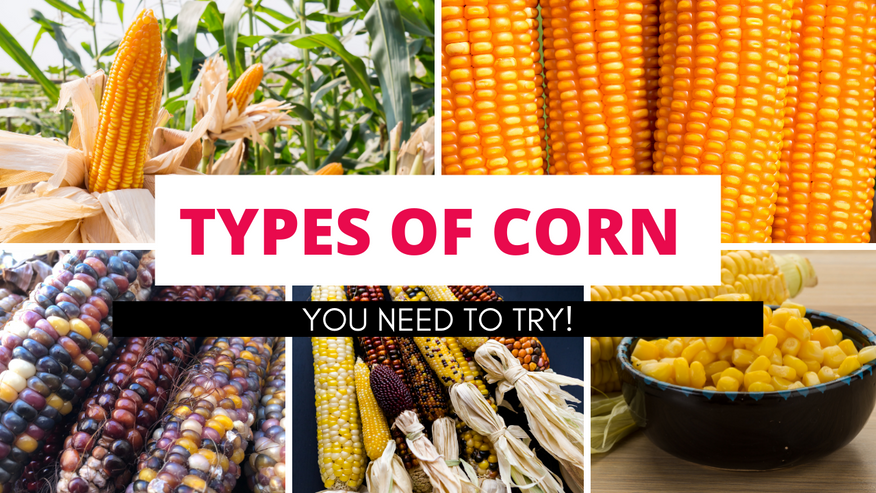Mar 31st 2023 - Team
Different Types of Corn You Need to Try!
From the traditional popcorn you munch on in movie theaters to the corn tortillas and chips you find in the supermarket, corn is a popular food staple. In this article, we will explore the varieties of this versatile grain so get ready to discover something new about one of the world’s oldest crops!
Different Types of Corn
Corn comes in many different varieties, each with its own distinct characteristics. Field corn is a hardy, drought-resistant type of corn used primarily for livestock feed and as an industrial product.
Indian corn is a small grain with a sweet flavor that is often used to make popcorn and other snacks. Milk-stage sweetcorn is harvested just after the grains have reached their peak sugar content and is best enjoyed fresh off the cob.
There are flint and sweet corn types available as well, but before we dive deeper into the different kinds of corn, let's define its history.
Read More: Different Types of Oats You Need To Try
What is Corn?
Corn is a cereal grain that is native to Central and South America. It has been cultivated for thousands of years and is now one of the world’s most important food crops. Corn (Zea Mays), or maize, comes in many different varieties, each with its own distinct characteristics
Today, corn has been integral in food production and industry across the globe since the move from South America. This versatile grain has become a cornerstone of modern life, from tortillas to popcorn to ethanol fuel production. Now that you know a little bit more about corn, let's now proceed with the different types of corn.
Read More: How to Properly Clean Commercial Popcorn Machine
Field Corn
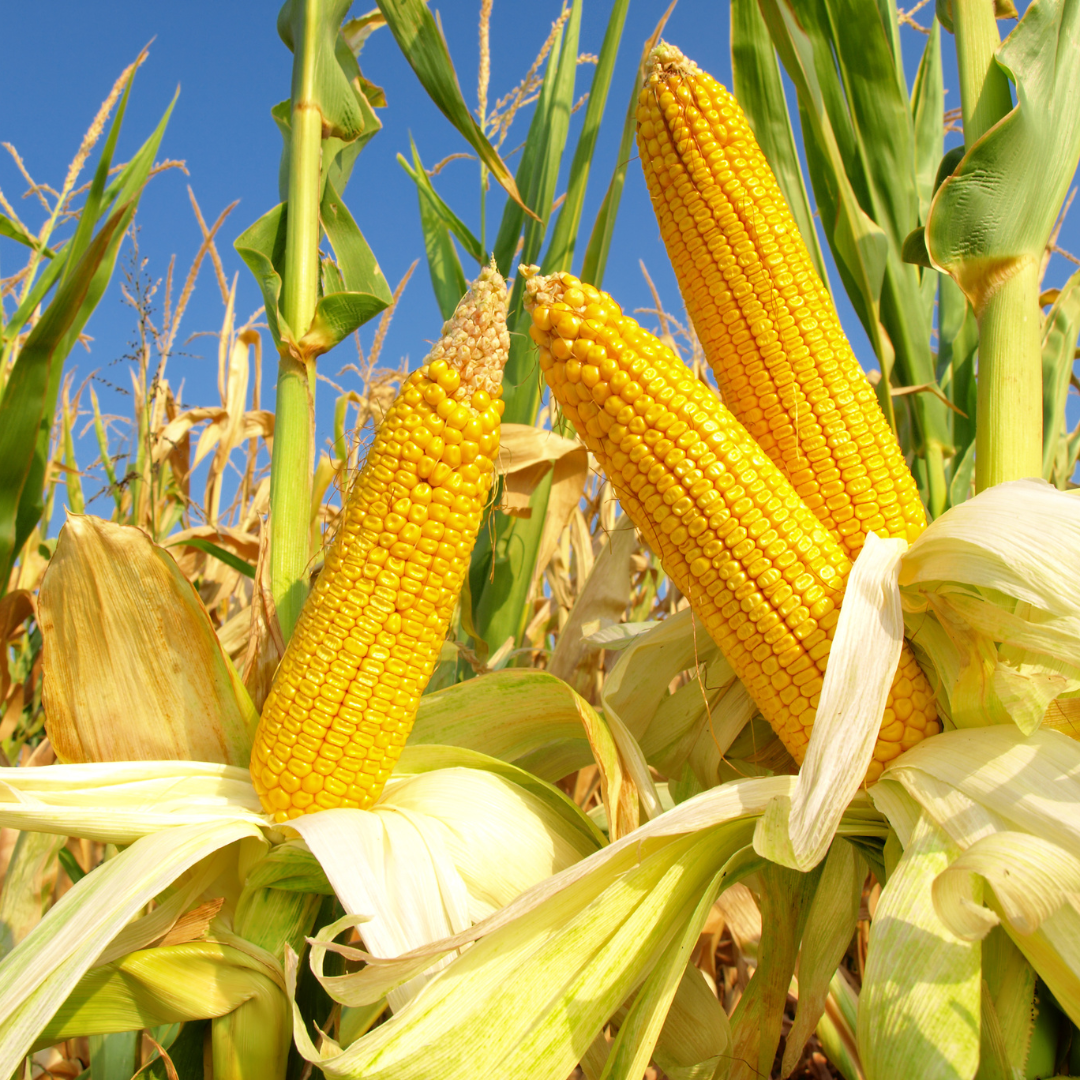
Field corn is a type of corn that is, particularly hardy and drought-resistant. It is widely used for livestock feed, as well as for industrial products such as ethanol, fuel oil, and plastics. Field corn usually has a lower moisture content than other types of corn, which means it can be stored more easily. The kernels are typically smaller than those of sweetcorn varieties and have an outer layer that is harder to break down during digestion. Field corn also contains more starch than other types of corn, making it ideal for processing into flour or starch for use in food products like tortillas and chips. Whether you’re looking for animal feed or an industrial product, field corn will certainly meet your needs!
Field corn is an indispensable grain for both industrial products and animal feed. Its unique characteristics make it easy to store, process, and digest. But where did field corn come from? Find out in the next section!
Origins of Field Corn
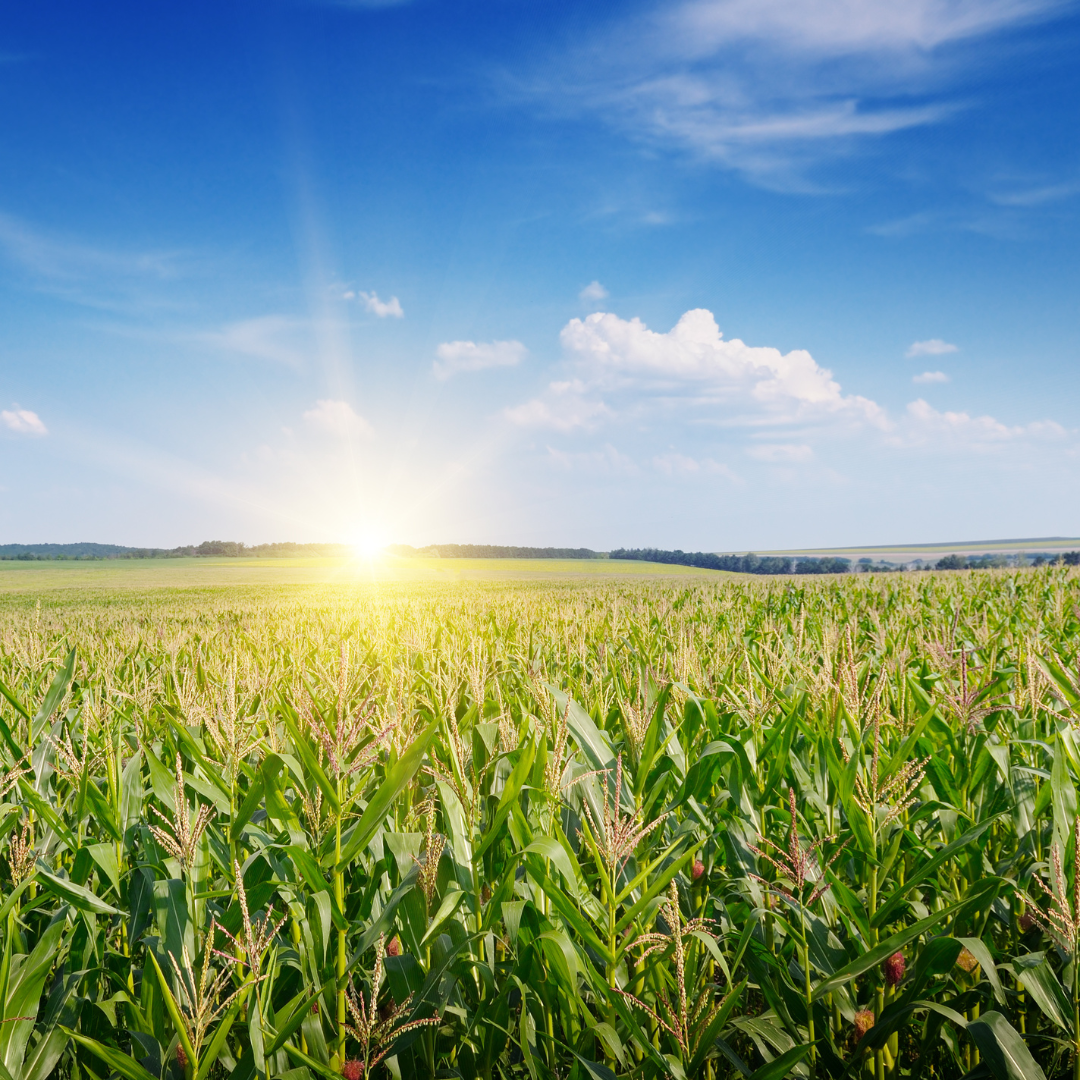
It originated in Central and South America. It was likely first cultivated by the Aztecs and Mayans. This type of corn is particularly hardy and drought-resistant, making it well-suited to agricultural production in these areas.
Field corn has been an important crop in many parts of the world for centuries. The kernels are typically smaller than those of sweetcorn varieties and have an outer layer that is harder to break down during digestion. This makes them ideal for processing into flour or starch for use in food products like tortillas and chips.
Today, field corn is widely grown all over the world for both industrial and agricultural purposes. Its unique characteristics make it one of the most important cereal crops
Uses of Field Corn
It is an important cereal crop used in many industries and agricultural applications worldwide. It is most commonly used to make flour or starch for food products like tortillas and chips. High starch content also makes it a great fuel source, with ethanol production becoming increasingly popular in recent years. Field corn is also widely used as livestock feed due to its low moisture content and ease of storage.
In the US, field corn can be found in the form of Indian corn or flint corn. Indian corn has a higher sugar content than flint varieties, making it ideal for producing sweet-tasting dishes like popcorn and sweetcorn pudding. Flint varieties are hardier than Indian types and are often ground into flour for use in baking or producing industrial products such as adhesives and paints.
The high starch content of field corn also makes it useful as a source of fuel, ethanol, fuel oil, and plastics. In more recent years, this variety of corn has become popular as an animal feed due to its low moisture content and easy storage options.
The versatility of field corn makes it an invaluable crop on both small family farms and large industrial operations alike!
Dent Corn
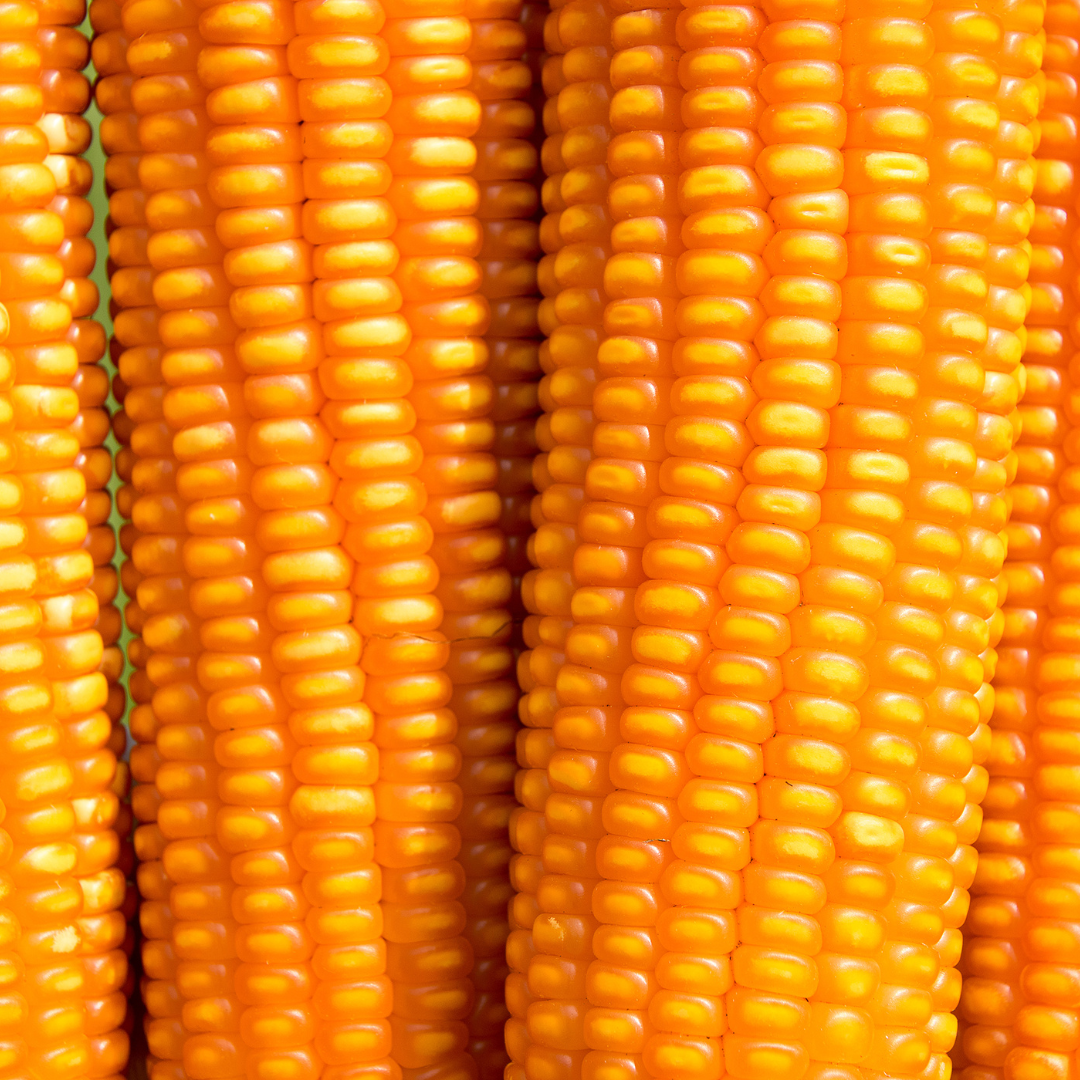
Dent corn is a type of field corn with a distinctive indentation in the center of each kernel, hence its name. This type of corn has been cultivated for thousands of years and is mainly used for animal feed, due to its high protein content, as well as for industrial uses such as ethanol production. It can also be ground into flour or used to make tortillas and chips.
Dent corn is truly a multi-purpose crop that can be used for a variety of applications, whether it be in the kitchen or in industry. With its unique indentation and high starch content, dent corn is sure to continue being a staple in many countries for generations to come.
Origins
Dent corn is especially popular in Central and South America, where it is used to make dishes like popcorn, sweetcorn pudding, and tamales. The kernels are often dried and ground into a fine powder known as corn flour or maize meal, which can be used in baking recipes or eaten on its own. In some countries, the kernels are roasted before being ground and this produces a much sweeter flavor than regular corn flour.
Uses of Dent Corn
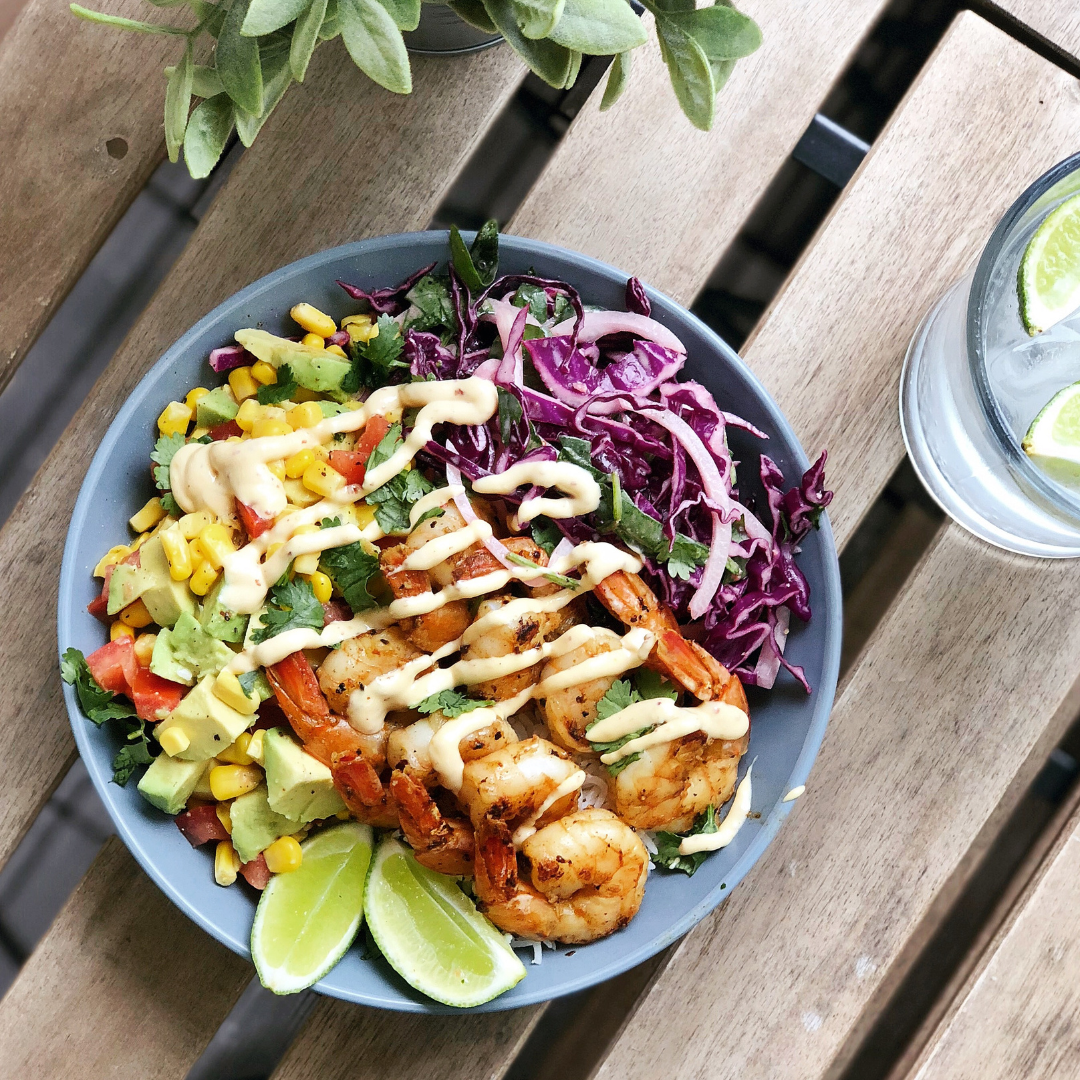
Dent corn is also known for having a higher starch content than other types of corn. This makes it ideal for producing products such as adhesives and paints that require an adhesive component. In addition, dent corn starch can also be used to produce items like glue, laundry detergent, dextrin, and even explosives!
In terms of food products, Dent Corn can be used to make popcorn dishes, tortillas, and tamales. It can also be ground up into corn flour or meal and used to make other foods such as hot cereal, bread, cakes, or even pasta. Furthermore, its high sugar content makes it ideal for making sweet treats like candy or marshmallows. Finally, Dent Corn's moisture content allows it to be used to make chips or other snacks.
Overall, Dent Corn is one of the most popular varieties of corn due to its versatility and unique characteristics. Whether you're looking for something to feed your livestock or a tasty snack food – this type of corn is sure to have something for everyone!
Flint Corn
It is an incredibly versatile and unique type of corn that has been around for centuries. With its many uses, it's sure to bring something special to any occasion. Get ready to explore next how the Flint Corn made its way into North America and changed the lives of those who encountered it!
Uses
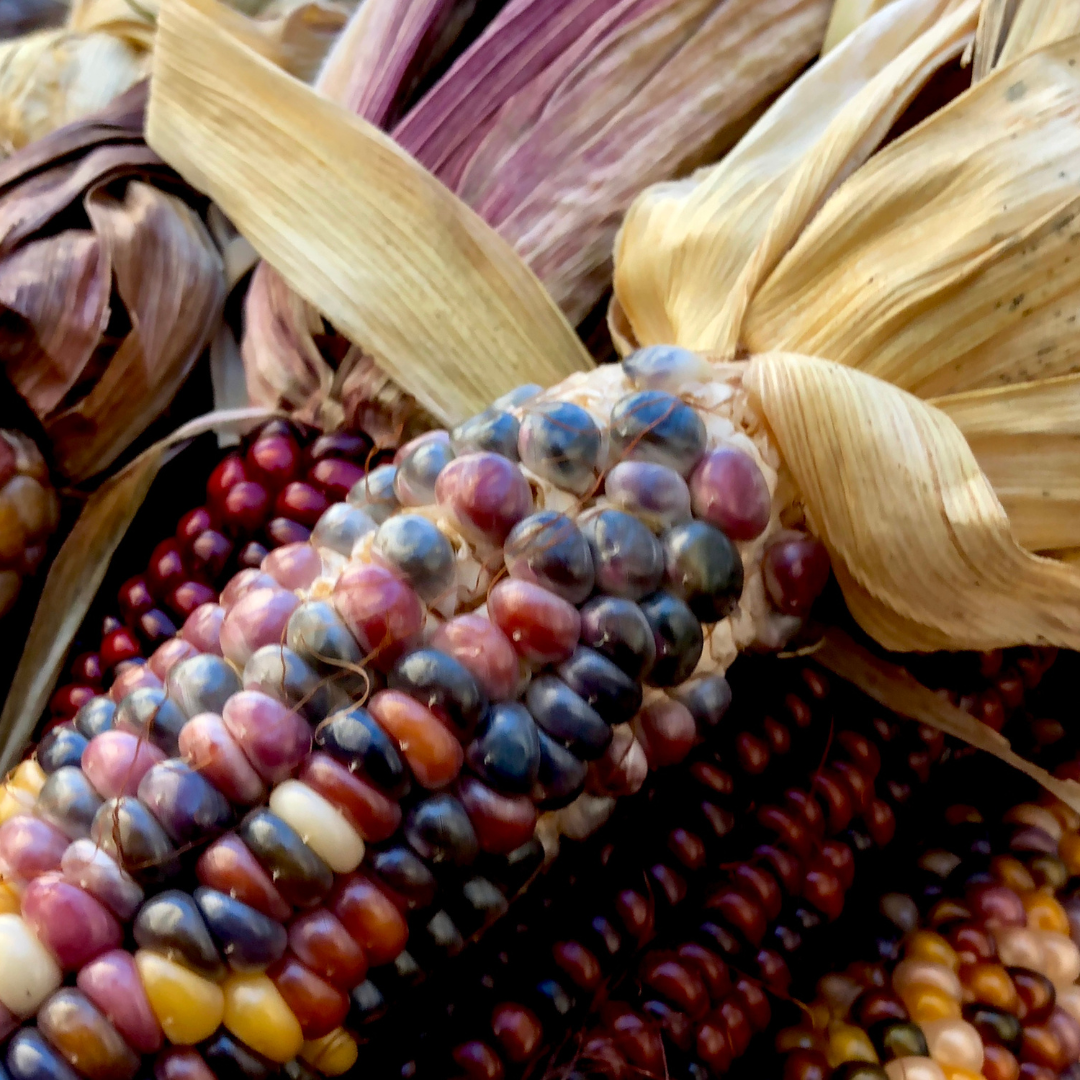
Flint Corn, or "Indian corn," is a type of corn known for its hard outer shell and yellow kernel. It is believed to have originated in Central and South America before being introduced to North America by Native Americans centuries ago. Flint Corn is primarily used as livestock feed but can also be used to make various industrial products including adhesives, paints, and even plastics. Additionally, it can be ground into meal or flour which can then be used in traditional dishes such as tamales and tortillas.
Coloring
Flint Corn is often recognizable due to its coloring – ranging from red, blue, purple and white to yellow – as well as the glossy surface that gives it a unique appearance compared to other types of corn. Furthermore, it has a high sugar content that makes it perfect for sweet treats such as candy or marshmallows as well as snacks like corn chips.
Sweet Corn
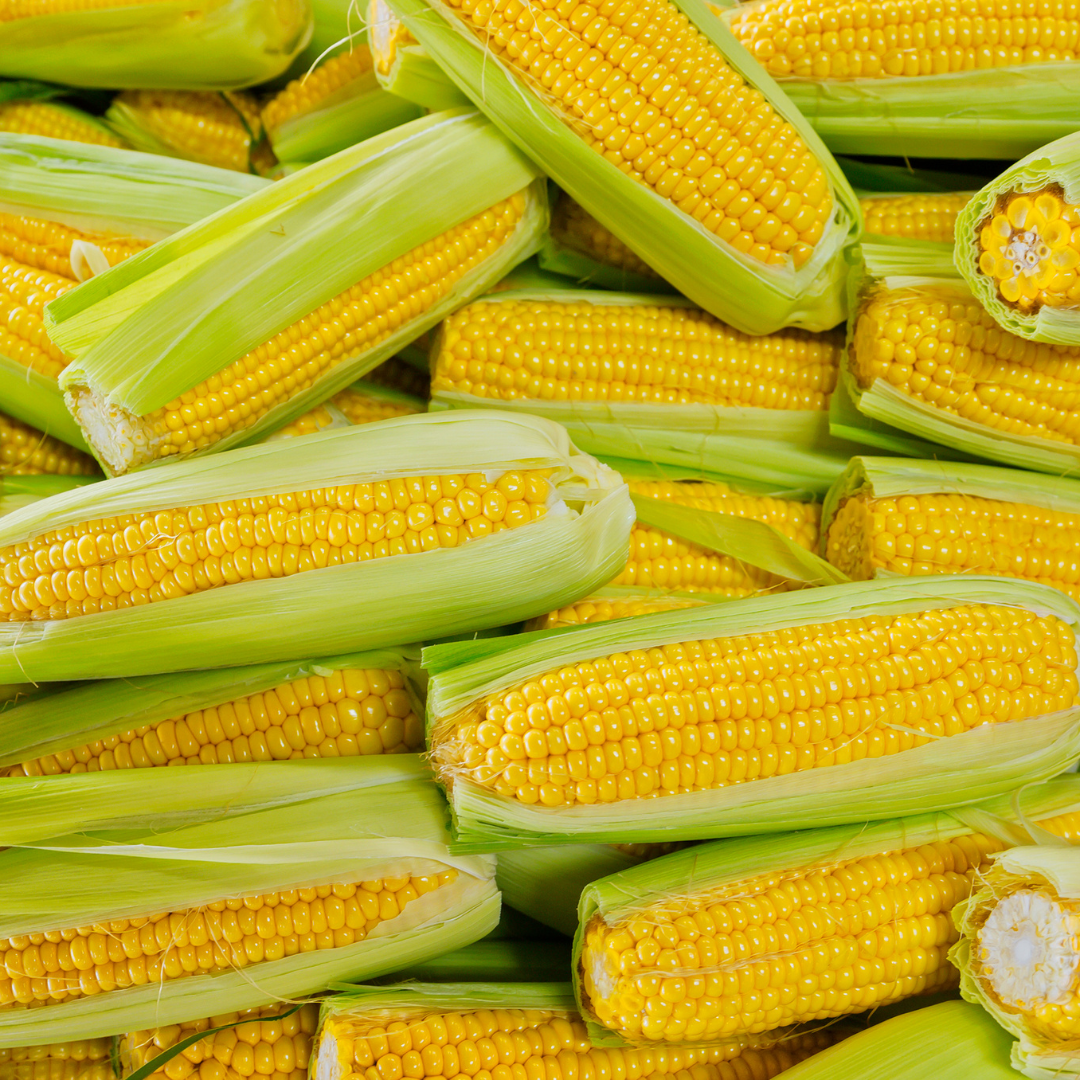
Sweet Corn, otherwise known as 'succulent corn' or 'corn-on-the-cob', is a type of maize that has been selectively bred to be sweeter and juicier than field corn. Sweet corn varieties are grown in both temperate and tropical climates, with the majority of production coming from the United States. Sweet corn is generally harvested when it reaches the 'milk stage', which coincides with its peak sweetness. It can be eaten raw, steamed, boiled, or roasted and is commonly found at summer picnics and barbeques.
There is a range of sweet corn varieties available - from the standard yellow kernels to white, bicolor, and red types. Each variety has its own unique flavor profile and can be used for different dishes. For example, sweetcorn can be cooked into a succotash with potatoes and bacon; added to soups for a creamy texture; or simply eaten on its own! Sweetcorn also provides numerous health benefits due to being high in dietary fiber, vitamins A, B6, and C, folate, iron, and magnesium.
Regardless of how it's enjoyed - grilled on the cob or cut off - sweetcorn is sure to add color, flavor, and nutrition to any meal!
Origins of Sweet Corn
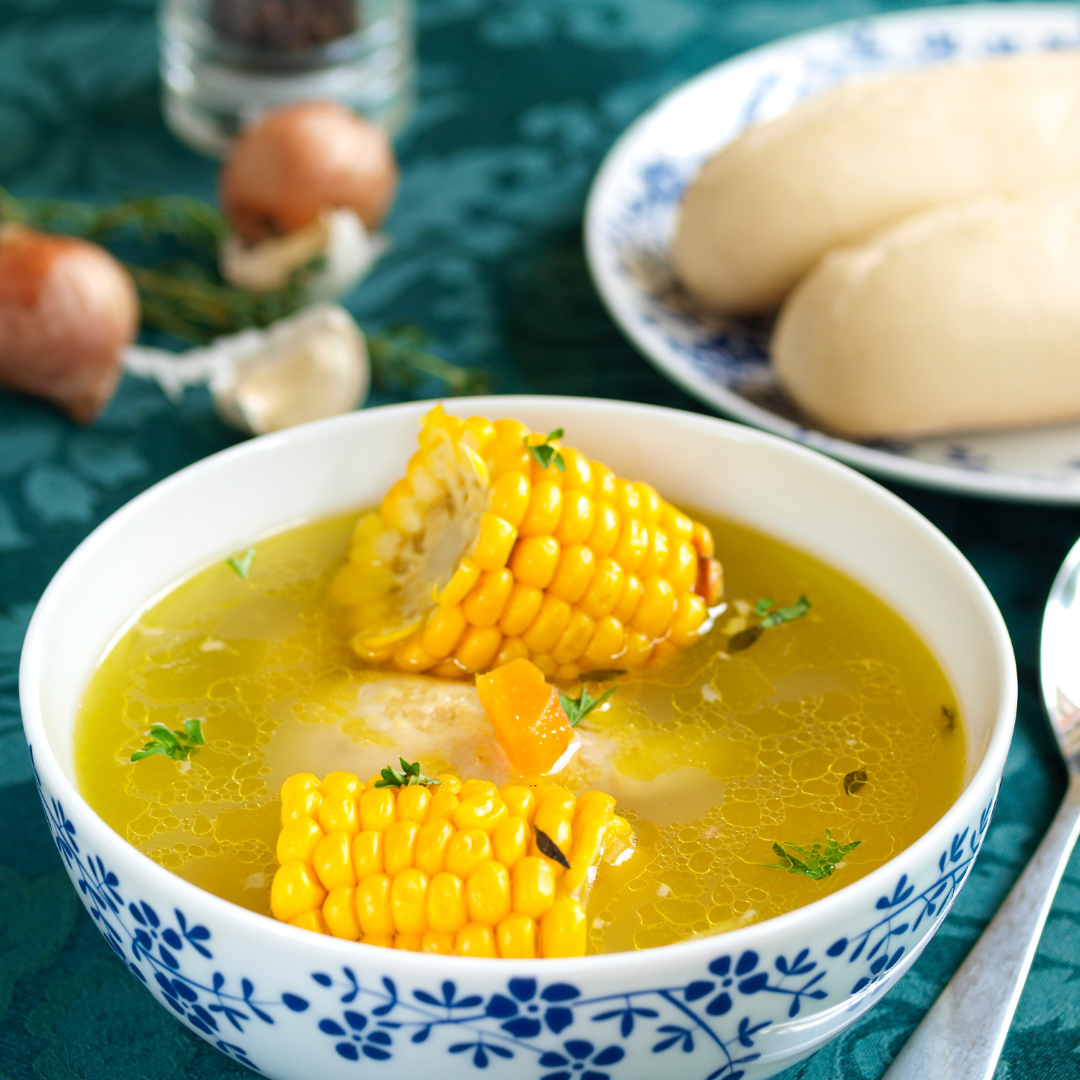
The sweet corn we know and love today is a type of maize that has been selectively bred from its ancestor, wild maize. This ancestor is believed to have originated in the highlands of central and south America over 8,000 years ago. As it naturally evolved, the kernels became larger and sweeter.
By the time Christopher Columbus arrived in North America, sweetcorn had become a staple in many Native American diets. It was also used for creating food products such as corn chips, corn flour, and corn starch.
Today, there are hundreds of varieties of sweetcorn available with varying sugar contents, moisture levels and colors ranging from yellow to white to bicolor and even red. Each variety has its own unique flavor profile which can be used for different dishes such as succotash or soup.
Sweetcorn continues to be an important crop for food consumption and livestock feed or industrial products. It provides numerous health benefits due to its high dietary fiber, vitamins A, B6, and C, folate, iron, and magnesium content.

